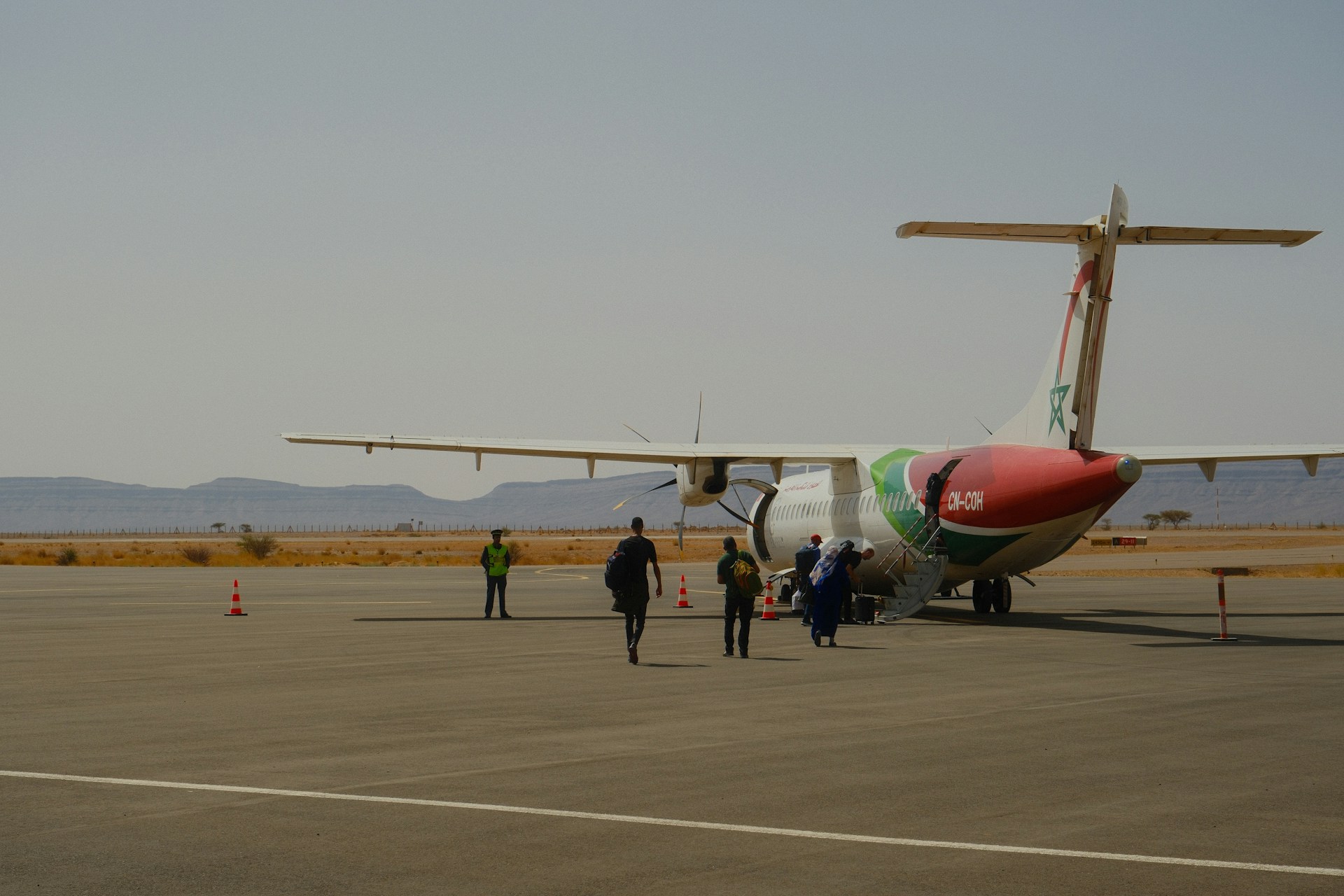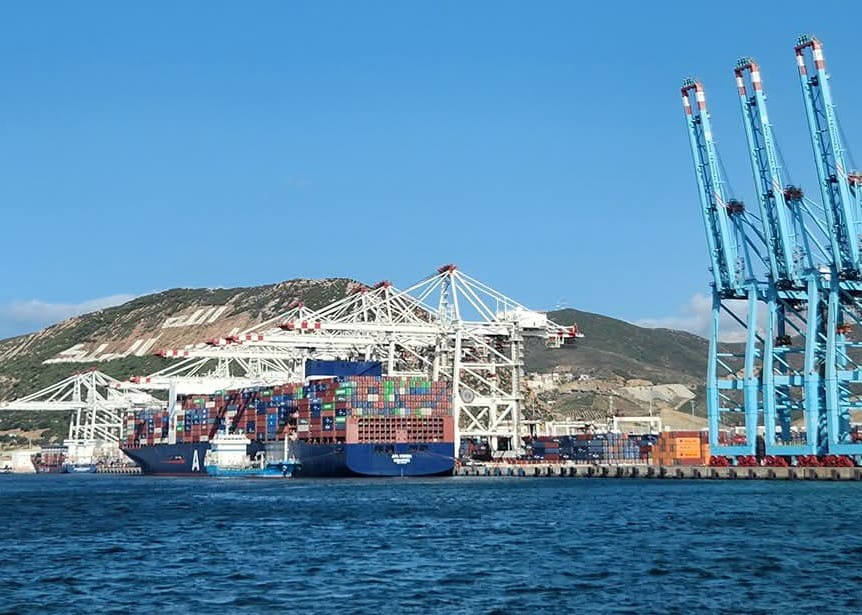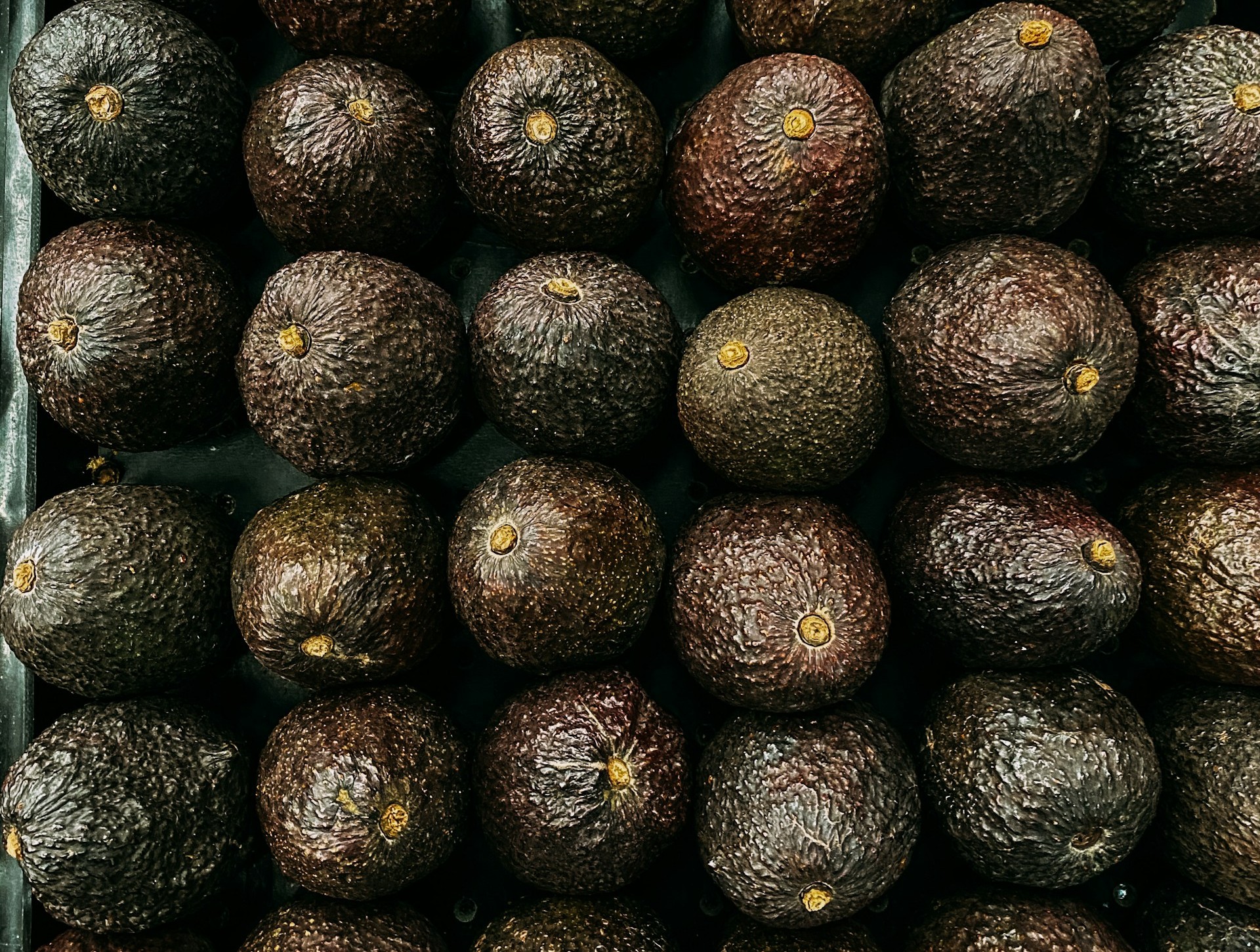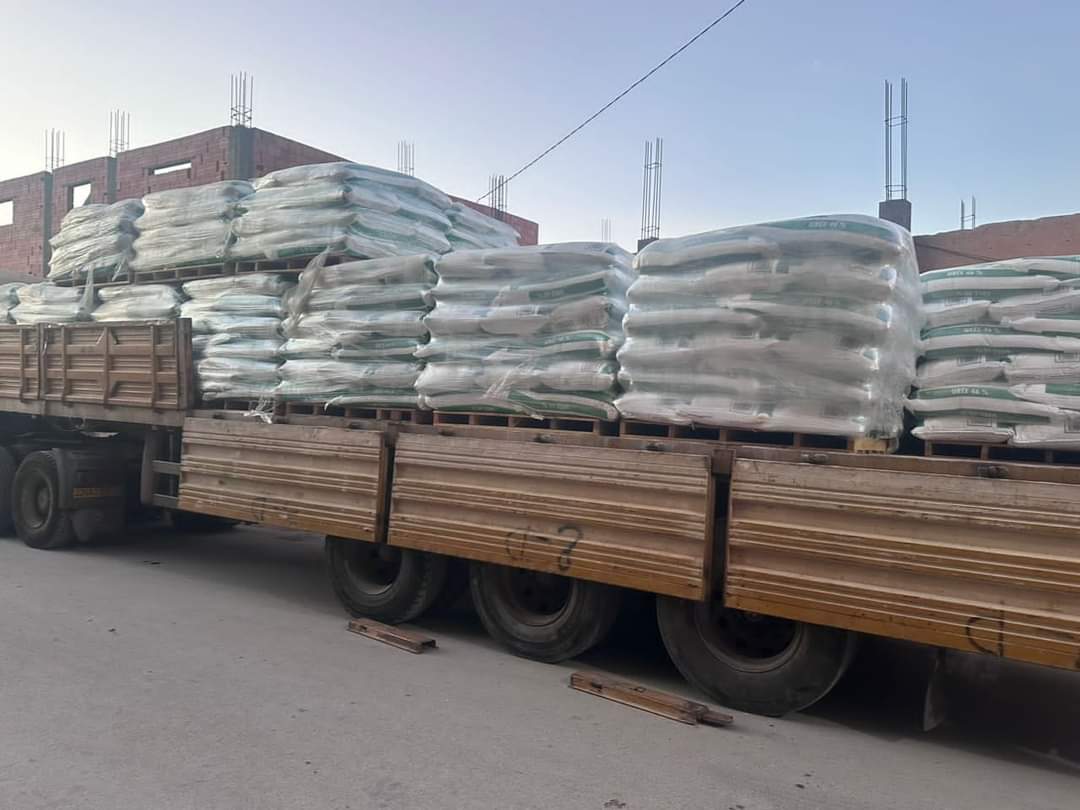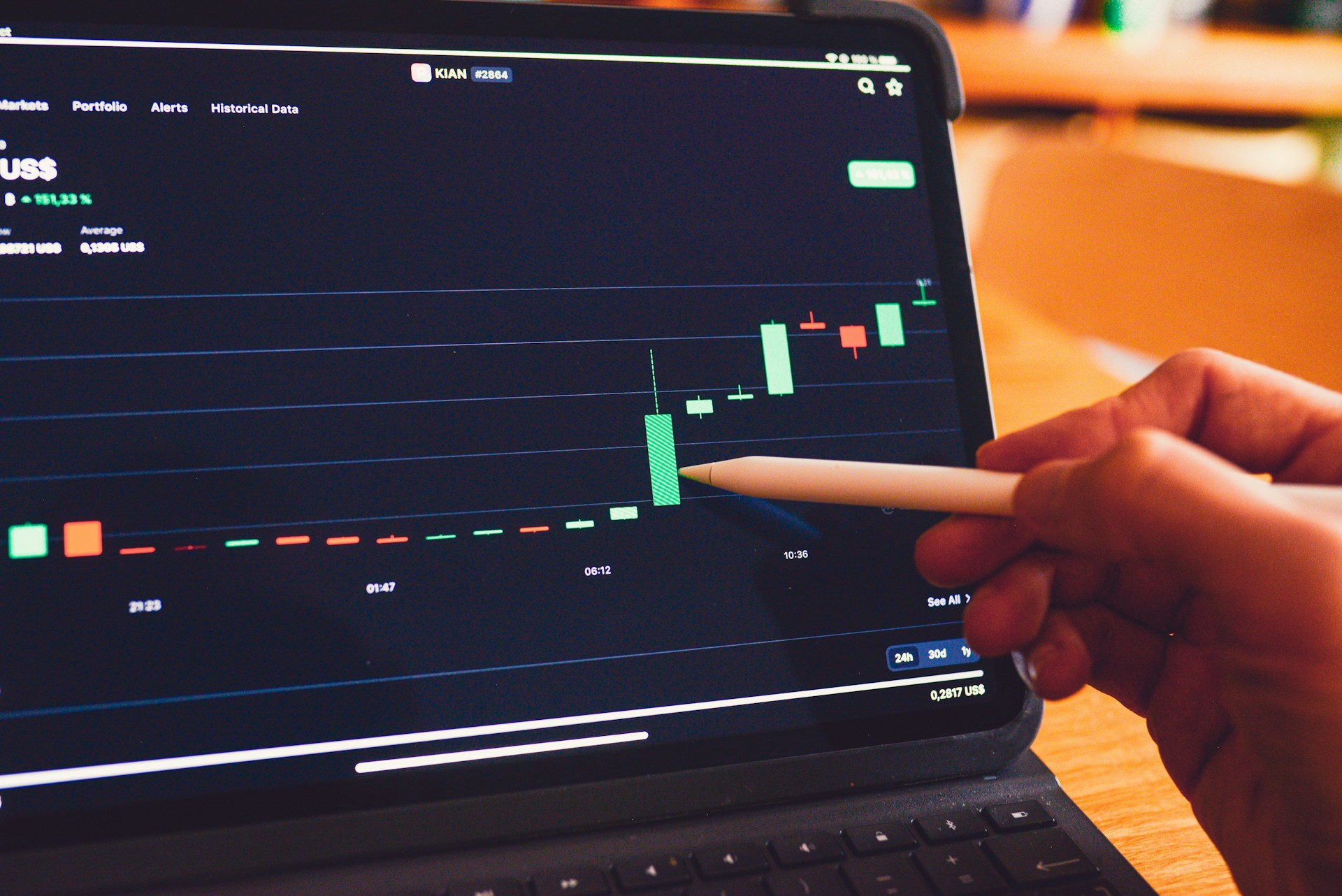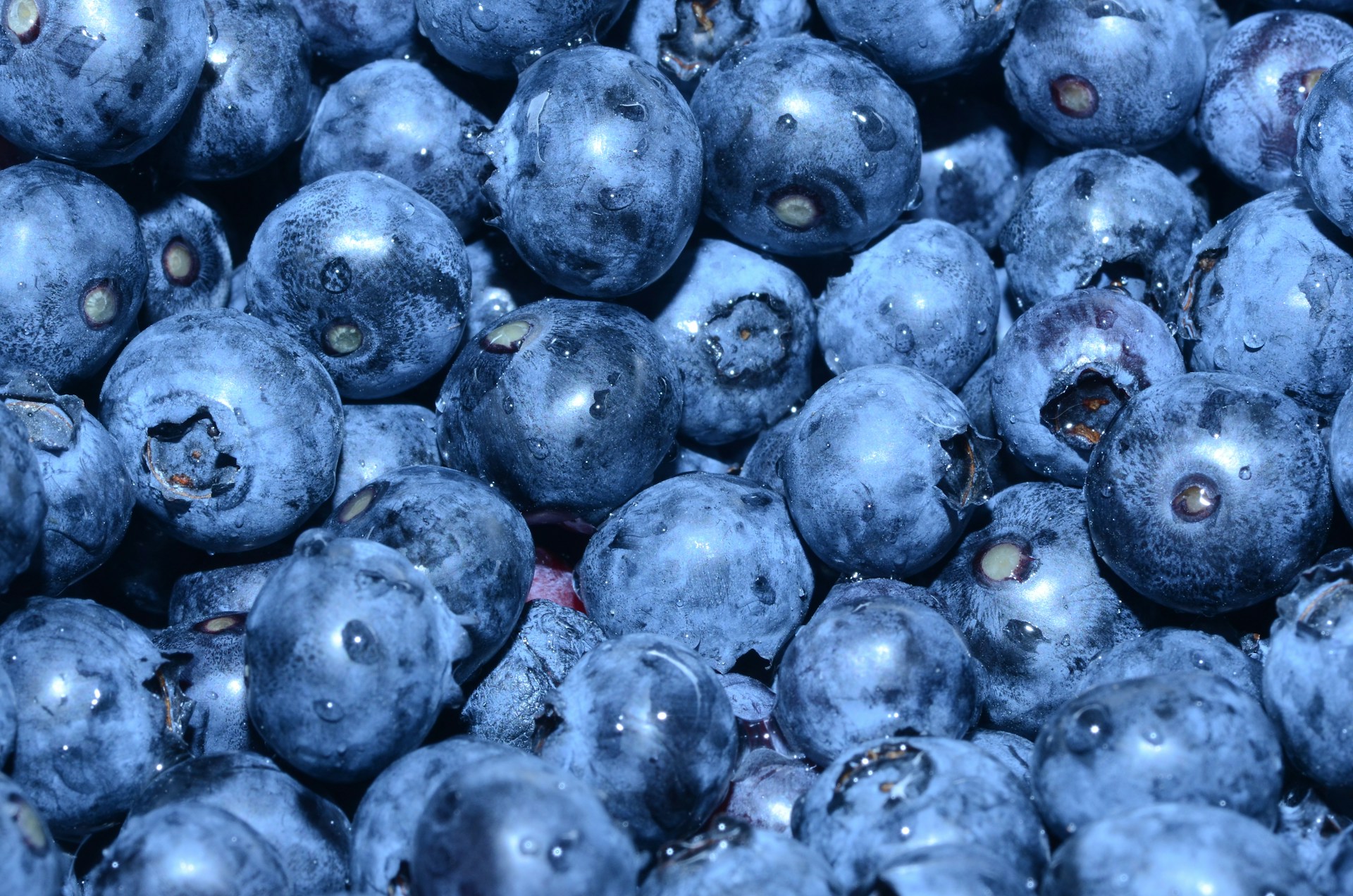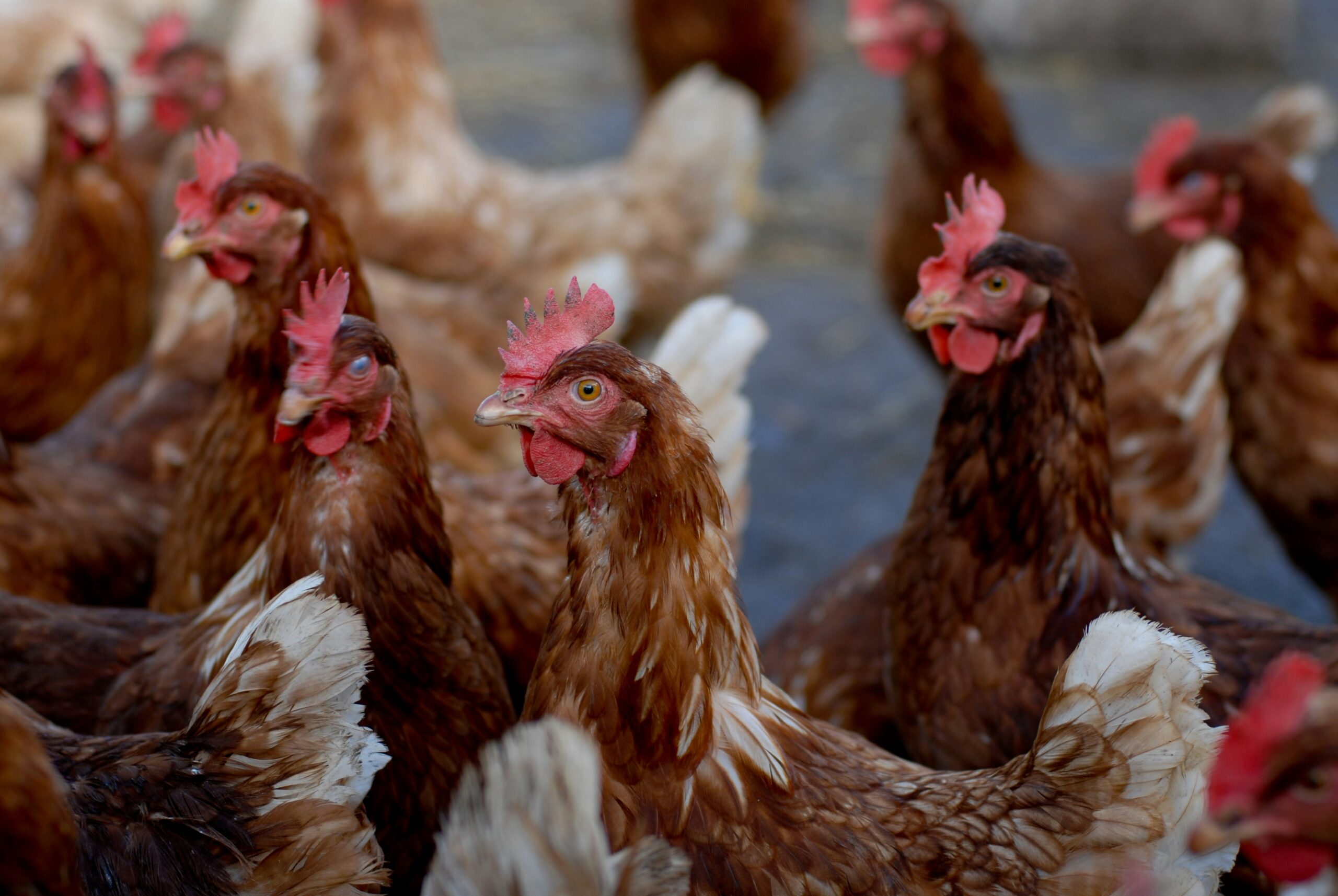Casablanca – Morocco has seen a significant surge in its apple imports, marking a new record in 2024. The country brought in 9,300 tons of apples in the first ten months of the year, surpassing $65 million in value. This level of imports is the highest the country has seen since 2011, according to data from the EastFruit platform, which specializes in agricultural market analysis. The increase reflects a growing demand for international apple varieties in the Moroccan market.
Over the past five years, Morocco’s apple imports have shown consistent growth, with the exception of 2023, when a slight dip was observed. The volume of apple imports in 2024 represents a nearly 50% increase from the figures recorded in 2020. This trend indicates not only a shift in consumer preferences but also an expanding market for apples from global suppliers.
Despite the growing dependence on imports, Morocco remains a major producer of apples, ranking as the second-largest apple producer in Africa in 2022, after South Africa. Local apple varieties still hold significant popularity, and they continue to dominate consumer preferences. However, a crucial gap in the supply of domestic apples emerges after the harvest season, especially in the spring and summer months, when previous-year stocks have been exhausted. This seasonal shortage is one of the driving factors behind the increased demand for imported apples, ensuring a year-round availability of the fruit.
The market for apples in Morocco has evolved in recent years, with consumers developing a taste for global apple varieties alongside traditional local ones. Internationally recognized varieties like “Gala Royal,” “Golden Delicious,” “Fuji,” and “Ozark Gold” have seen a rise in popularity, complementing the demand for local Moroccan varieties. While local apples are still favored, the shift towards international options indicates an increasingly sophisticated palate among Moroccan consumers, with a preference for diversity and quality in their fruit choices.
European countries dominate Morocco’s apple imports, with Italy taking the lead. In 2024, Italy accounted for 46% of total apple imports to Morocco from January to October, while Spain followed with 27%. Poland, traditionally a key supplier, supplied 13% of the total imports. Interestingly, Italy and Spain have significantly increased their apple exports to Morocco in 2024 compared to the previous year. On the other hand, exports from Poland and Portugal have seen a decline. This shift in import dynamics highlights Morocco’s increasingly diversified sources of supply for apples, as 13 countries contributed to the total imports in 2024.
The significant increase in apple imports also mirrors broader changes in the Moroccan fruit market, as the country experiences both growth in domestic production and expansion in international trade. The ability to import apples from a variety of global suppliers ensures that Moroccan consumers have access to a wide range of high-quality apple varieties throughout the year, enhancing the country’s reputation as a growing player in the global fruit market.
Morocco’s apples import trends in 2024 underline the country’s evolving consumer preferences, the importance of international trade, and the growing demand for diverse fruit varieties. As local production faces seasonal limitations, the influx of international apples helps meet the market’s needs, establishing a dynamic and increasingly globalized Moroccan fruit sector.
